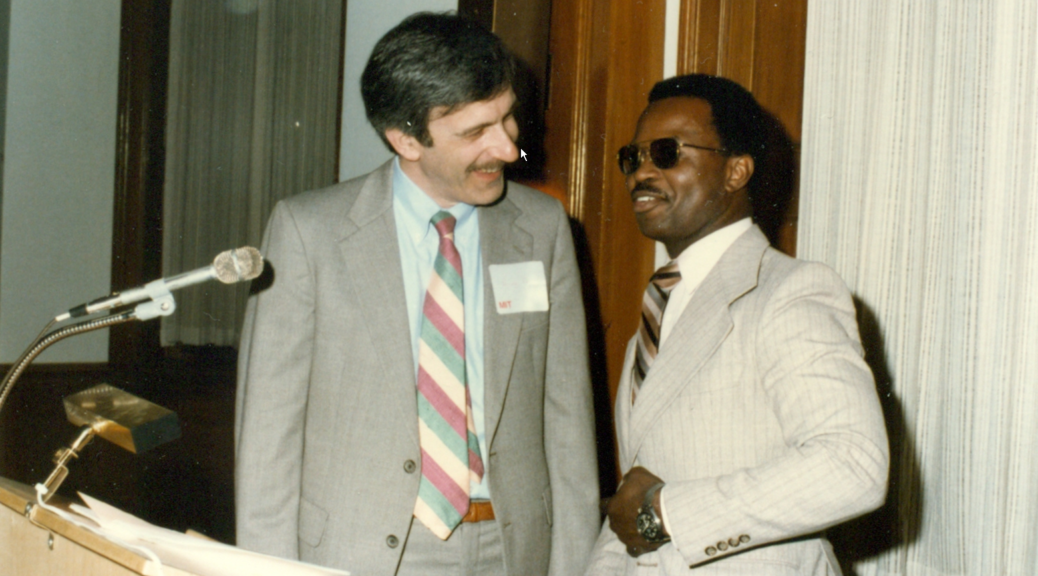Deborah: Sadly, I’m watching yet another evacuation of a Jewish center on TV. I know what it’s like to oversee an evacuation during a bomb threat. I was in charge of security at a Jewish agency in Chicago, was trained by the FBI in security after the Oklahoma City bombing, and oversaw the design for a secure Jewish Community Center in Chattanooga.

